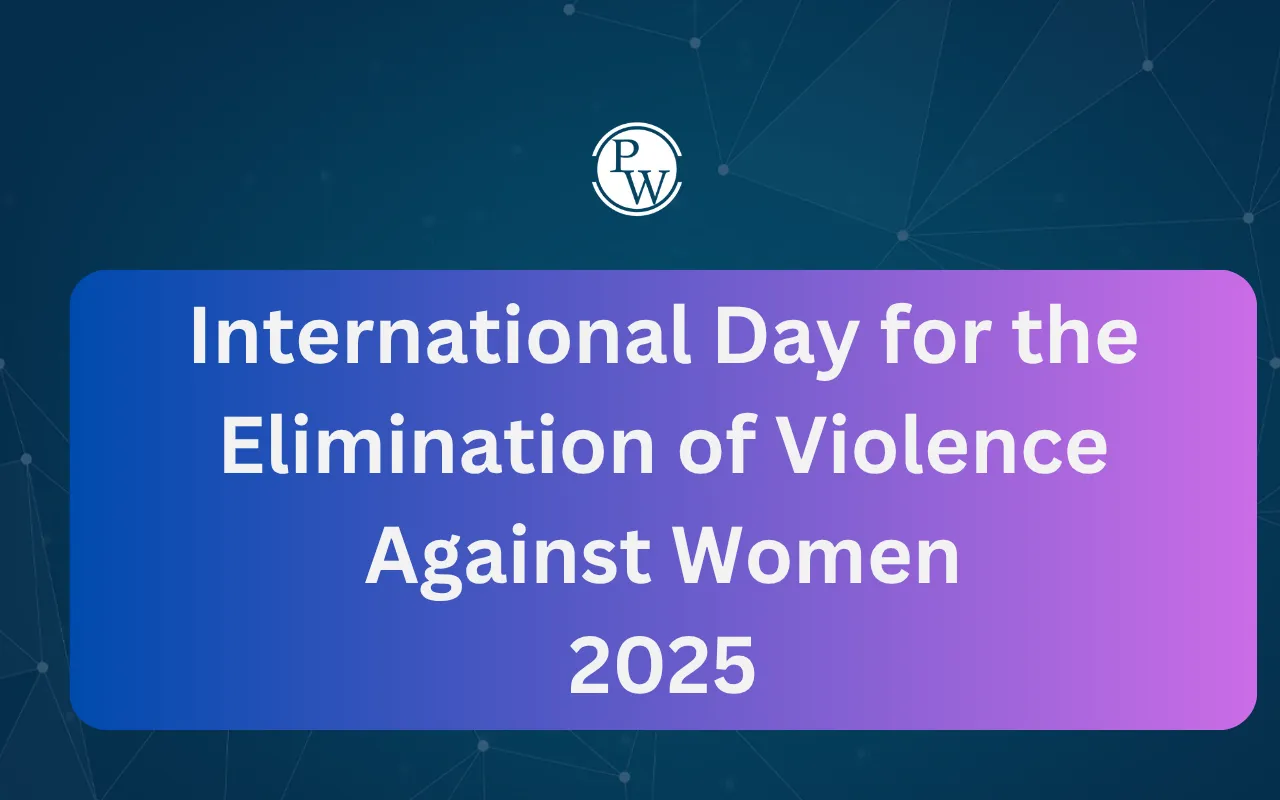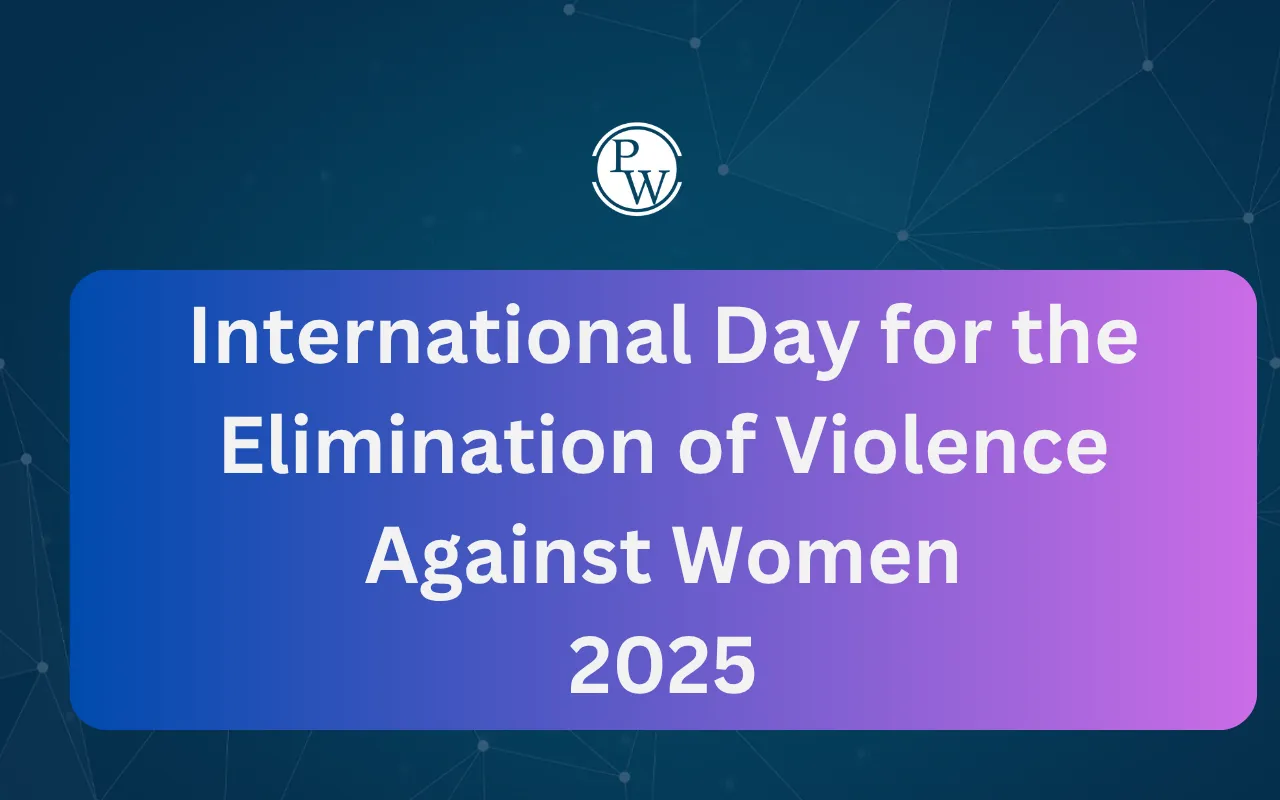

International Day for the Elimination of Violence Against Women: One of the most widespread human rights abuses in the world is still violence against women and girls. Nearly one in three women worldwide has experienced physical violence, non-partner sexual violence, or both at least once in their professional careers.
The International Day for the Elimination of Violence against Women campaign this year focuses on one particular environment, the digital realm, but it is a widespread problem that has become worse in many other environments. Today, online violence against women is a major and quickly expanding danger that aims to silence the voices of many women, particularly those who have a significant online and visible presence in industries like journalism, activism, or politics.
Origin of International Day for the Elimination of Violence Against Women
Since 1981, women's rights activists have celebrated November 25 as a day to protest gender-based violence. The Mirabal sisters, three political activists from the Dominican Republic who were brutally killed in 1960 on Rafael Trujillo's (1930–1961) orders, were honored on this day.
The United Nations General Assembly approved the Declaration on the Elimination of Violence against Women through resolution 48/104 on December 20, 1993, laying the stage for the global eradication of violence against women and girls. The General Assembly formally declared November 25 to be the International Day for the Elimination of Violence Against Women on February 7, 2000, by adopting resolution 54/134.
Steps Taken by the Indian Government
Here are some steps that were taken by the government of India for the International Day for the Elimination of Violence Against Women, given below:
-
Fundamental Rights: It ensures the equality of all Indian women (Article 14), prohibits gender-based discrimination by the State (Article 15(1)), and requires the State to provide particular provisions for women (Article 15(3)).
-
State Policy Directive Principles (DPSP): According to Article 39 (d), it guarantees equal compensation for equal labor.
-
Fundamental Duties: It ensures that actions that violate women's dignity are strictly prohibited under Article 51 (A).
-
Protection of Women from Domestic Violence Act 2005: The Protection of Women from Domestic Violence Act of 2005 offers victims of domestic abuse a workable option through legal action.
-
Dowry Prohibition Act of 1961: The Dowry Prohibition Act of 1961 prohibits accepting, requesting, or paying dowries.
-
The sexual Harassment of Women at Workplace (Prevention, Prohibition, and Redressal) Act, 2013: Women are intended to be protected against sexual harassment at work by this law.
What is considered violence against women
Violence against women and girls (VAWG) goes generally unreported because of the impunity, silence, stigma, and humiliation associated with it. It can take on psychological, sexual, and physical manifestations, including:
-
Intimate relationship violence, including femicide, marital rape, psychological abuse, and beating;
-
Human trafficking (slavery, sexual exploitation)
-
Female genital mutilation; child marriage
-
Sexual violence and harassment (rape, forced sexual acts, unwanted sexual approaches
-
Child sexual abuse, forced marriage,
-
Street harassment
-
Stalking,
-
Cyber harassment.
Strategies for Prevention, Legal Reform, Awareness, and Gender Equality Legislation
Comprehensive Strategies for Prevention, Legal Reform, Awareness, Rehabilitation, and Advancing Gender Equality Legislation are given below:
-
Investments in Prevention: It is important to make investments in law enforcement, women's groups, infrastructure for vigilance, etc.
-
Tough Laws: For the purpose of discouraging violence and punishing criminals on time, legal systems across the world must be changed.
-
Raising Awareness: Raising awareness about the problem of violence against women is urgently needed. Families, particularly those with male members, need to be made aware of the issues.
-
Survivor Rehabilitation: Survivors of violence must be rehabilitated into society so that the wounds of trauma can heal.
- Training Law Enforcement Personnel: Law enforcement personnel must get training on how to deal with violence against women. Raising female authorities to address such problems is another aspect of this
